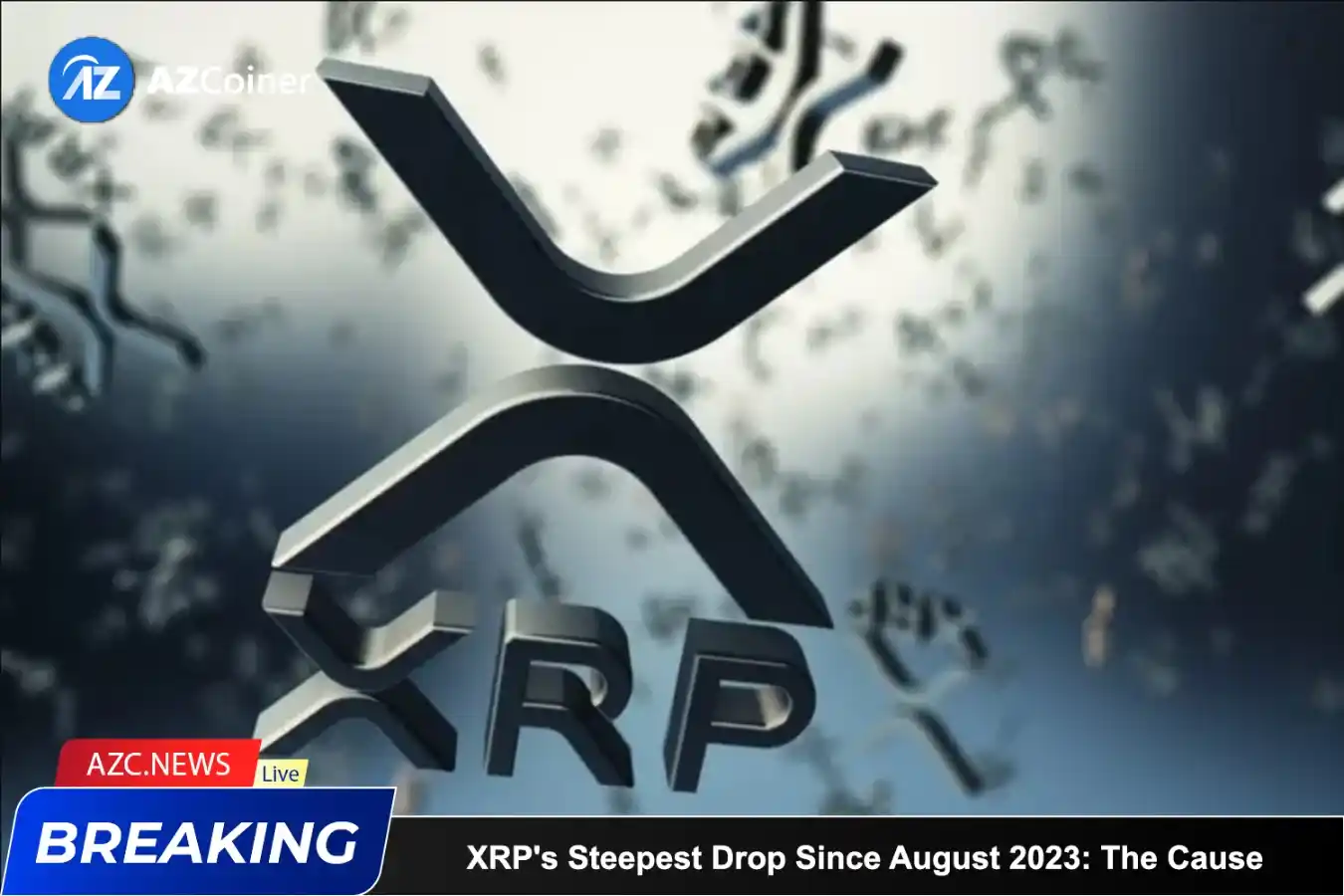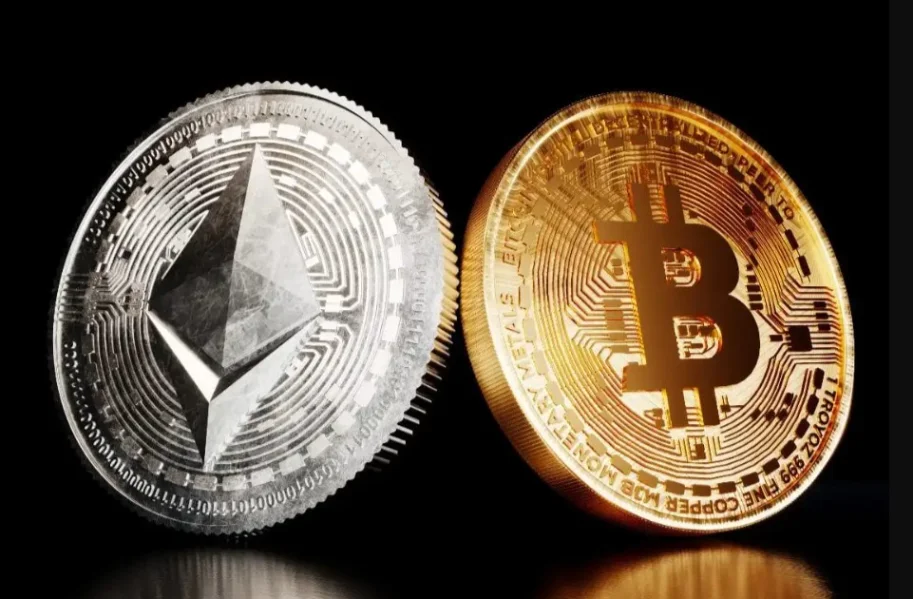XRP recently underwent a significant price plummet, marking a notable event not witnessed since August. Within a brief timeframe, an extensive price wick, as depicted in the chart, led to the liquidation of substantial sums in derivatives. This unforeseen downturn abruptly obliterated the previously steady accumulation phase that XRP had been undergoing, catching traders by surprise and disrupting multiple trading portfolios.
A careful analysis of the chart unveils that, following a consolidation period within a contracting price range – a pattern often construed as accumulation by traders – XRP experienced a sharp breakdown. The extended downward wick signifies an abrupt sell-off, propelling prices to drop rapidly. This type of price action typically signifies a market where sellers have overwhelmed buyers, triggering widespread liquidations as stop-loss orders are activated en masse.
The abrupt reversal has cast a shadow over the short-term recovery prospects of XRP. With the accumulation phase rendered ineffective, the market now grapples with the altered reality of invalidated bullish setups. This implies a considerable dent in confidence regarding the asset’s immediate growth potential, requiring time for investor sentiment to rebuild and the market to regain stability.
Nevertheless, such drastic price movements often stir the market, resulting in heightened trading activity. The surge in volatility post-drop could attract fresh funds and opportunistic traders seeking to capitalize on the new, lower price levels. Market participants might perceive this as a discounted entry point, potentially injecting liquidity and prompting a degree of price correction.
Ethereum gains strength against Bitcoin
Shifting attention to Ethereum, there’s a noteworthy strengthening observed against Bitcoin. Many analysts consider the ETH/BTC chart as a pivotal indicator for assessing market risk exposure. Historically, it reflects Ethereum’s performance compared to the more established Bitcoin. Until recently, this metric had been on a decline, indicating Ethereum lagging behind Bitcoin and signaling a more cautious market sentiment toward Ethereum’s future prospects.
Nonetheless, a shift in dynamics is becoming apparent. The ETH/BTC pair has established a “higher low” pattern, a significant development suggesting a potential weakening of the preceding downtrend and hinting at a potential reversal. The emergence of this higher low implies that Ethereum is gaining strength relative to Bitcoin, potentially signaling an imminent rally.
The accompanying chart illustrates this potential turning point. Although Ethereum’s price still displays volatility, there are indications of stabilization and a potential preparation for an upward movement. The convergence of moving averages and the stabilization of the RSI suggest a diminishing selling pressure, hinting at a possible shift in momentum favoring the bulls. If Ethereum can sustain this critical higher low formation, it might attract risk-tolerant investors back into the market, enhancing sentiment around the Ethereum ecosystem.
Shiba Inu is off the leash
Shifting focus to Shiba Inu, the meme token has recently experienced its most substantial price drop since 2022. This abrupt decline in SHIB’s value has surprised investors and prompted concerns about the token’s resilience and future. The chart analysis of SHIB’s recent price action reveals a pronounced sell-off, with the asset breaking below key support levels.
Related: Spot ETF Approval for Bitcoin: Risks Revealed in History
The extended price wick, reaching well below the consolidation zone, indicates a rapid and large-scale exit from the asset, resulting in the sale of millions worth of SHIB within a short period. This sharp downturn not only rattled the market but also nullified the prior accumulation phase, disrupting numerous trading setups.
The magnitude of this price drop could signify a broader funds migration, with investors potentially diverting from high-risk meme coins like SHIB towards more established and “serious” assets. This shift might be part of a larger trend within the crypto market, as participants seek stability amid economic uncertainty and increased regulatory scrutiny.








